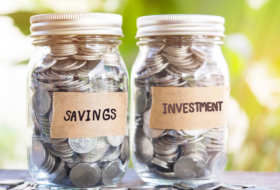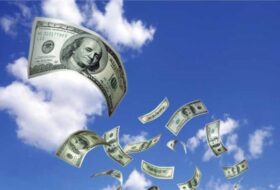Commodities that are traded are typically sorted into four categories broad categories: metal, energy, livestock and meat, and agricultural.
For investors, commodities can be an important way to diversify their portfolios beyond traditional securities.
Most commonly traded commodities include i.e. lean hogs, live cattle, oats, wheat, metals, and even currencies.
In the most basic sense, commodities are known to be risky investment propositions because their market (supply and demand) is impacted by uncertainties that are difficult or impossible to predict, such as unusual weather patterns, epidemics, and disasters both natural and human-made.
One of the major advantage that makes investors participate in commodity is because of its high gain within a short period of time but nevertheless, you could loss everything within a blink of an eye.
When you are trading commodity futures, you’re not truly purchasing nor owning anything, unlike other types of investments, such as stocks
You are just speculating on where the price of a given commodity and this based on the laws of demand and supply.
However, like I always recommend performing your due diligence and determining whether the commodity that you’re interested in is worth it or not.
A classical example is after a thorough research, you speculate that the price of i.e. Flour is going to rise, you would purchase future contracts, or go long.
On the other hand, if you were under the impression that the price of coffee was going to drop, then you would sell future contracts, or go short.
The most unfortunate part of commodity trading is that it is usually done on margin in order to leverage your investment, so a small drop in the price might cost you the loss of your entire investment.







